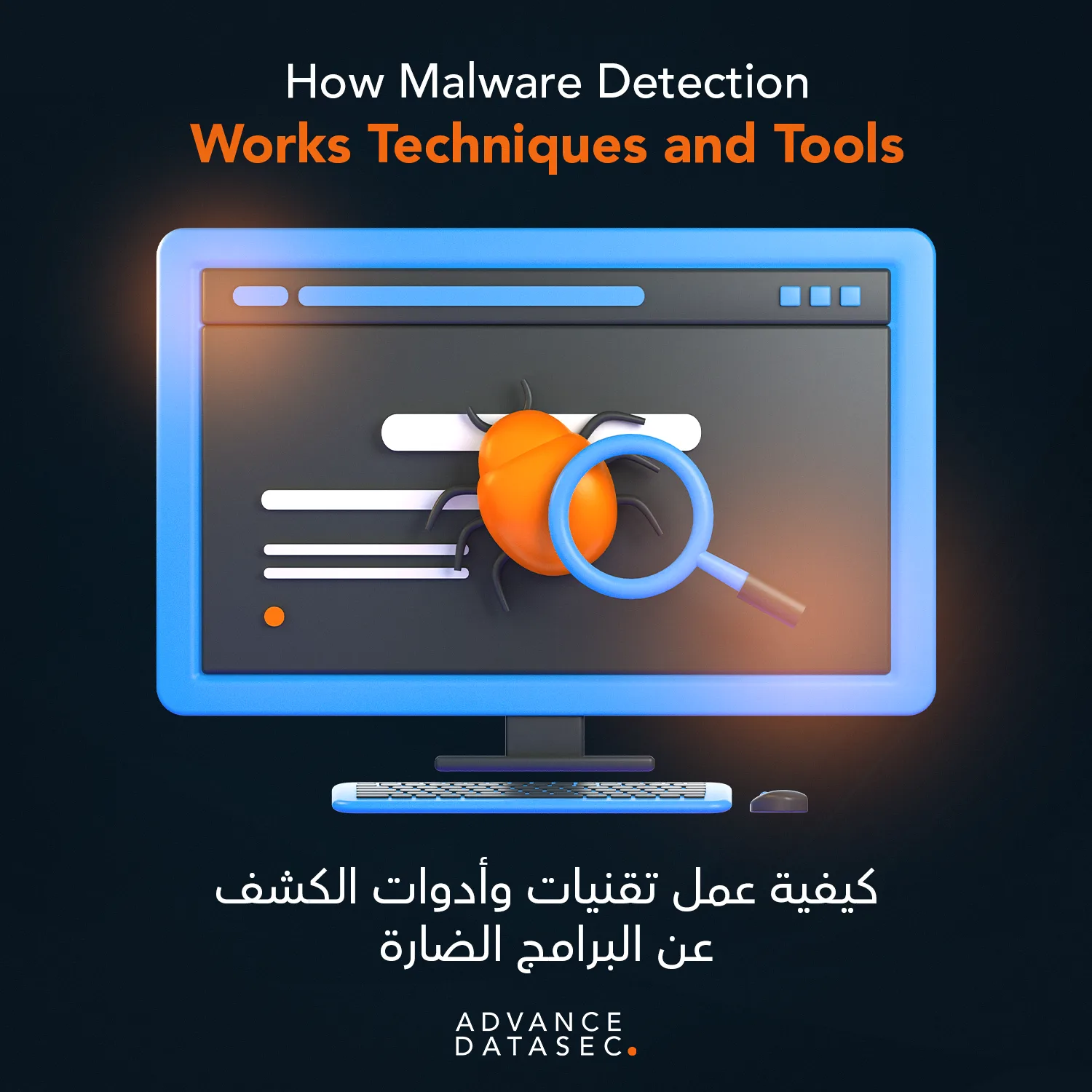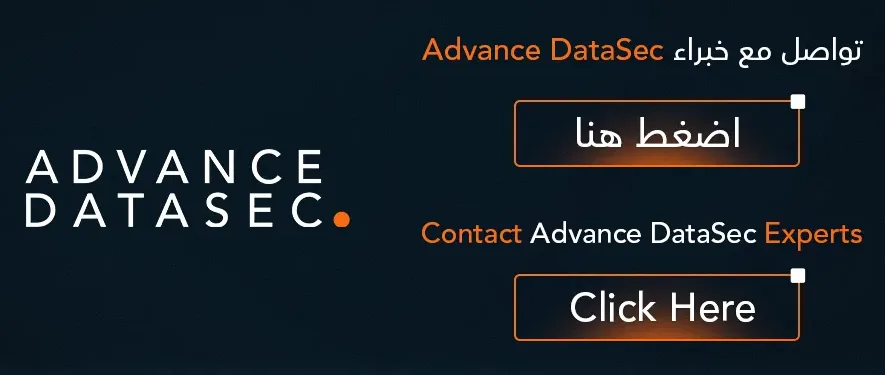In a world where digital threats evolve at an alarming rate, the ability to effectively identify and neutralize malicious software is paramount. Malware detection is the cornerstone of any robust cybersecurity strategy, serving as the first line of defense for businesses against a wide array of cyber threats. This comprehensive guide will explore the fundamental principles of malware detection, delve into the various techniques used by modern security systems, and highlight the essential tools that keep businesses safe in the digital age.
The Science Behind Malware Detection
At its core, malware detection is the process of identifying and flagging malicious software, such as viruses, worms, ransomware, and spyware, before it can cause harm. It’s a complex and ever-evolving field, driven by the need to outsmart cybercriminals who are constantly developing new ways to bypass security measures. The most effective malware detection strategies employ multiple layers of defense, combining different techniques to achieve maximum coverage.
Key Techniques in Malware Detection
Cybersecurity professionals use a variety of techniques to identify and combat malware. Each method has its strengths and is often used in conjunction with others for a more comprehensive approach.
1. Signature-Based Detection
- How it works: This is the traditional and most common method of malware detection. Security software maintains a database of “signatures,” which are unique digital fingerprints of known malware. When a file is scanned, its signature is compared to the database. If a match is found, the file is identified as malicious and quarantined or deleted.
- Strengths: Highly effective at catching known threats with minimal false positives. It is fast and requires relatively low computational power.
- Weaknesses: It is reactive and cannot detect new or previously unknown malware (often called “zero-day” threats) for which a signature has not yet been created.
2. Heuristic-Based Detection
- How it works: This technique goes beyond simple signature matching. It analyzes the behavior and characteristics of a file to determine if it is suspicious. For example, if a file attempts to modify critical system files, disable security software, or encrypt a large number of files, heuristic analysis will flag it as potentially malicious.
- Strengths: Can detect new, unknown, and polymorphic malware that signature-based methods might miss.
- Weaknesses: Can sometimes lead to false positives, where a legitimate program is incorrectly flagged as malware due to its behavior. It can also be more computationally intensive than signature-based methods.
3. Behavioral Analysis
- How it works: A more advanced form of heuristic analysis, behavioral analysis observes the actions of a program in a controlled environment, known as a sandbox. The program is allowed to run, and its every action—from file creation to network connections—is monitored. If its behavior matches that of known malware, it is classified as a threat.
- Strengths: Exceptional at identifying new and sophisticated malware that attempts to evade traditional detection methods.
- Weaknesses: Requires a high level of expertise to set up and maintain. The analysis can take time, which might be too long for real-time protection in some cases.
4. Machine Learning and Artificial Intelligence (AI)
- How it works: AI and machine learning algorithms are trained on vast datasets of both malicious and legitimate files. They learn to identify patterns and features that are characteristic of malware. This allows them to make predictions about a file’s nature without relying on a pre-existing signature or a defined set of rules.
- Strengths: Highly adaptive and can detect new and evasive threats with incredible accuracy. It automates much of the detection process and can identify complex, multi-stage attacks.
- Weaknesses: Requires a massive amount of data to train the models effectively. It can also be a “black box,” making it difficult to understand why a particular file was flagged.
Essential Tools for Malware Detection
To effectively implement these techniques, businesses rely on a suite of specialized tools.
- Antivirus (AV) Software: The most basic and widespread malware detection tool. Modern AV software combines signature-based, heuristic, and behavioral analysis to provide comprehensive protection.
- Endpoint Detection and Response (EDR) Systems: These advanced solutions provide continuous monitoring and data collection on endpoints (computers, servers, and mobile devices). They use behavioral analysis and machine learning to detect suspicious activities in real-time and provide detailed insights for a quick response. Companies like Advance Datasec offer robust EDR solutions.
- Sandboxing: A virtual, isolated environment where suspicious files can be safely executed and analyzed without posing a risk to the host system. This is a critical component of behavioral analysis.
- Threat Intelligence Platforms: These platforms aggregate and analyze data about emerging threats, vulnerabilities, and attack campaigns. They provide security teams with actionable intelligence to proactively defend against new forms of malware.
Building a Proactive Malware Defense Strategy
For businesses, a multi-layered approach is the most effective way to combat malware. This involves a combination of the techniques and tools mentioned above, along with a strong focus on security awareness.
- Start with the Basics: Ensure all endpoints have up-to-date antivirus software with real-time scanning enabled.
- Layer with Advanced Tools: Implement EDR and other advanced solutions to gain deeper visibility and better control over your network. This is crucial for detecting sophisticated threats that bypass traditional antivirus.
- Invest in Human Firewalls: Train your employees to recognize and report phishing attempts, malicious links, and other social engineering tactics. A well-informed team is one of your strongest defenses.
- Regularly Update and Patch: Keep all software, operating systems, and firmware patched and up-to-date. Attackers often exploit known vulnerabilities that have already been fixed in a newer version.
Conclusion
The fight against malware is an ongoing one, and the landscape is constantly shifting. By understanding the principles of malware detection and leveraging a combination of signature-based, heuristic, and AI-driven techniques, businesses can build a resilient defense against a wide range of cyber threats. It’s no longer enough to react to a breach; the key is to proactively identify and neutralize threats before they can take hold.
Ready to strengthen your defenses? Advance Datasec offers a range of expert services and cutting-edge solutions designed to protect your business from the most complex cybersecurity threats. Contact us today to learn more about how we can help you build a comprehensive malware detection strategy.
For more articles:
- What Are APTs Advanced Persistent Threats? A Complete Guide
- What Is Business Email Compromise (BEC) and How Does It Work?



